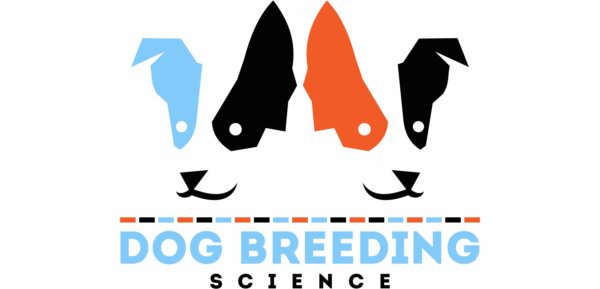CNS atrophy with cerebellar ataxia (CACA)
Summary
Cerebellar ataxia (CA) is a movement disorder that appears as a lack of balance and coordination often accompanied by a tremor. In some cases this seems to be accompanied by a loss of proprioception (the ability to sense location and action in the body).
This particular type of CA can be very severe, and presents in puppies as young as 2 weeks old. It is associated with a genomic deletion that removes the SELENOP gene. This gene is required for healthy normal selenium transport in the brain and spinal cord as well as elsewhere in the body, and its loss causes CNS atrophy and CA (hence the CACA acronym).
CACA requires both parents to pass on the genomic deletion encompassing the SELENOP gene. CACA affects both males and females equally. Carriers (dogs with a CACA n genotype) won't have CACA but can pass the gene on to offspring.
Gene or region and technical reference
Gene: SELENOP (causative). Reference: Christen et al. (2021)
Reported alleles
n. Test developed using artificial DNA, animal controls.
CACA. Test developed using articifial DNA.
Panels: groups of tests that are often ordered together
This test is in the Belgian Shepherd health mini-panel.
